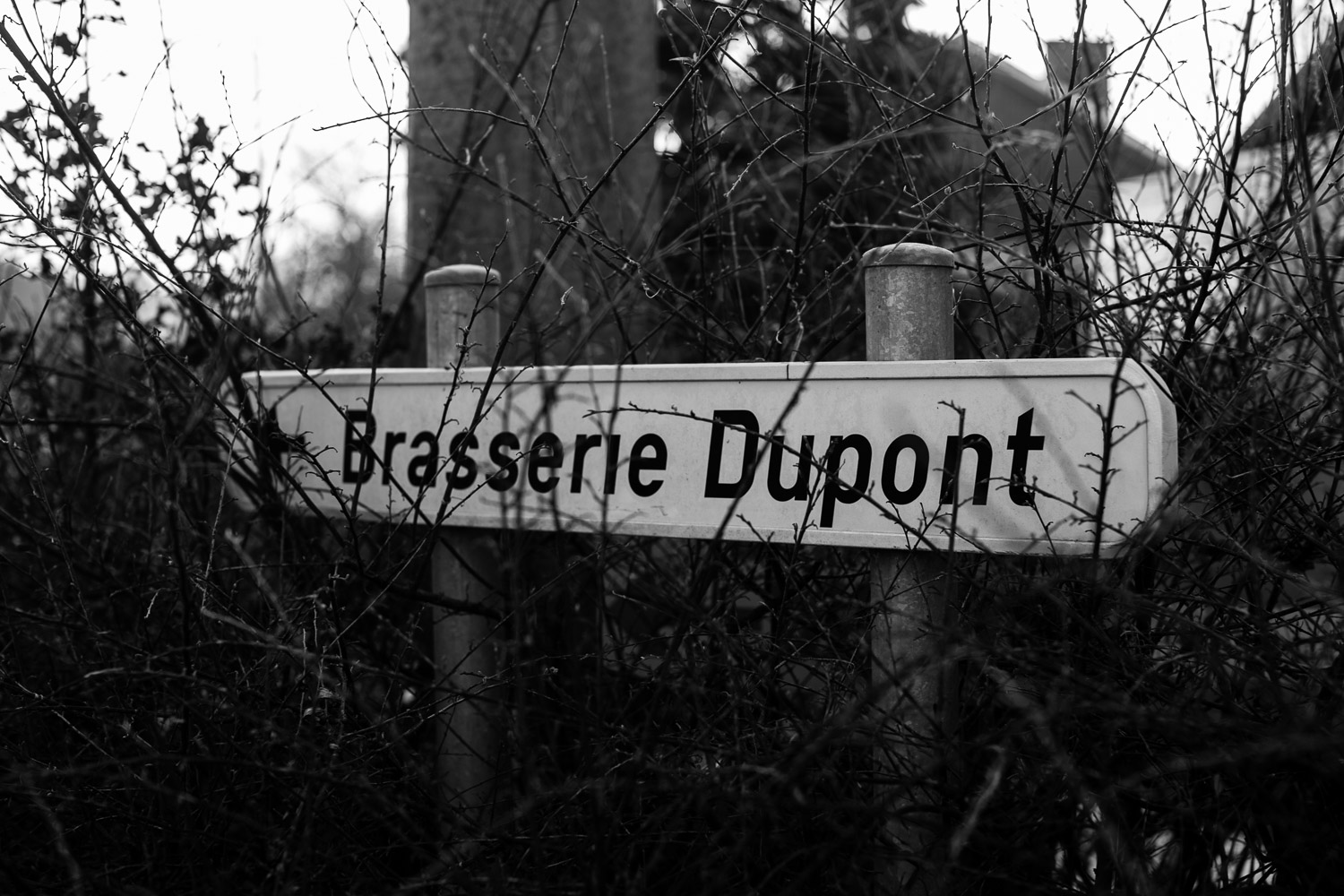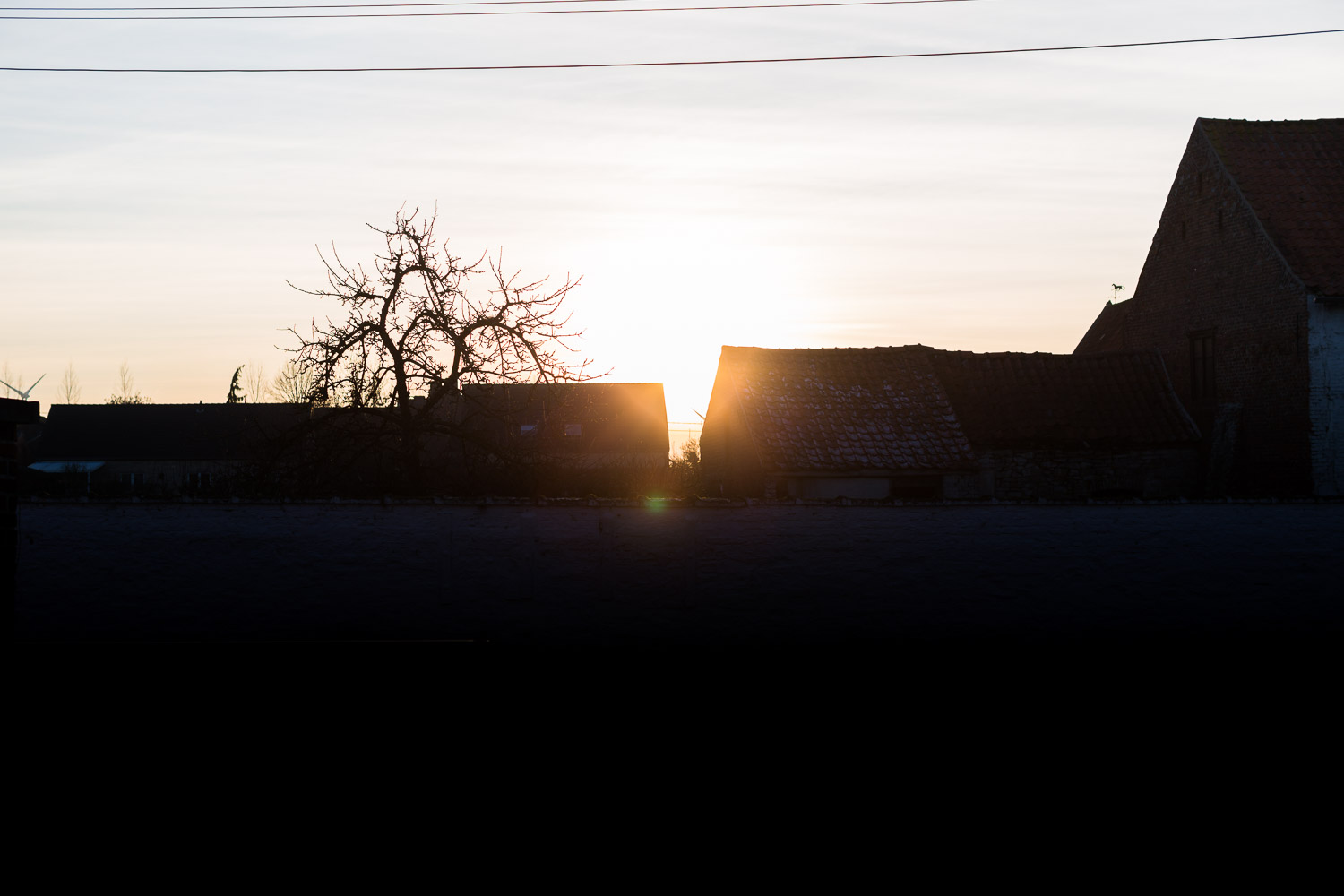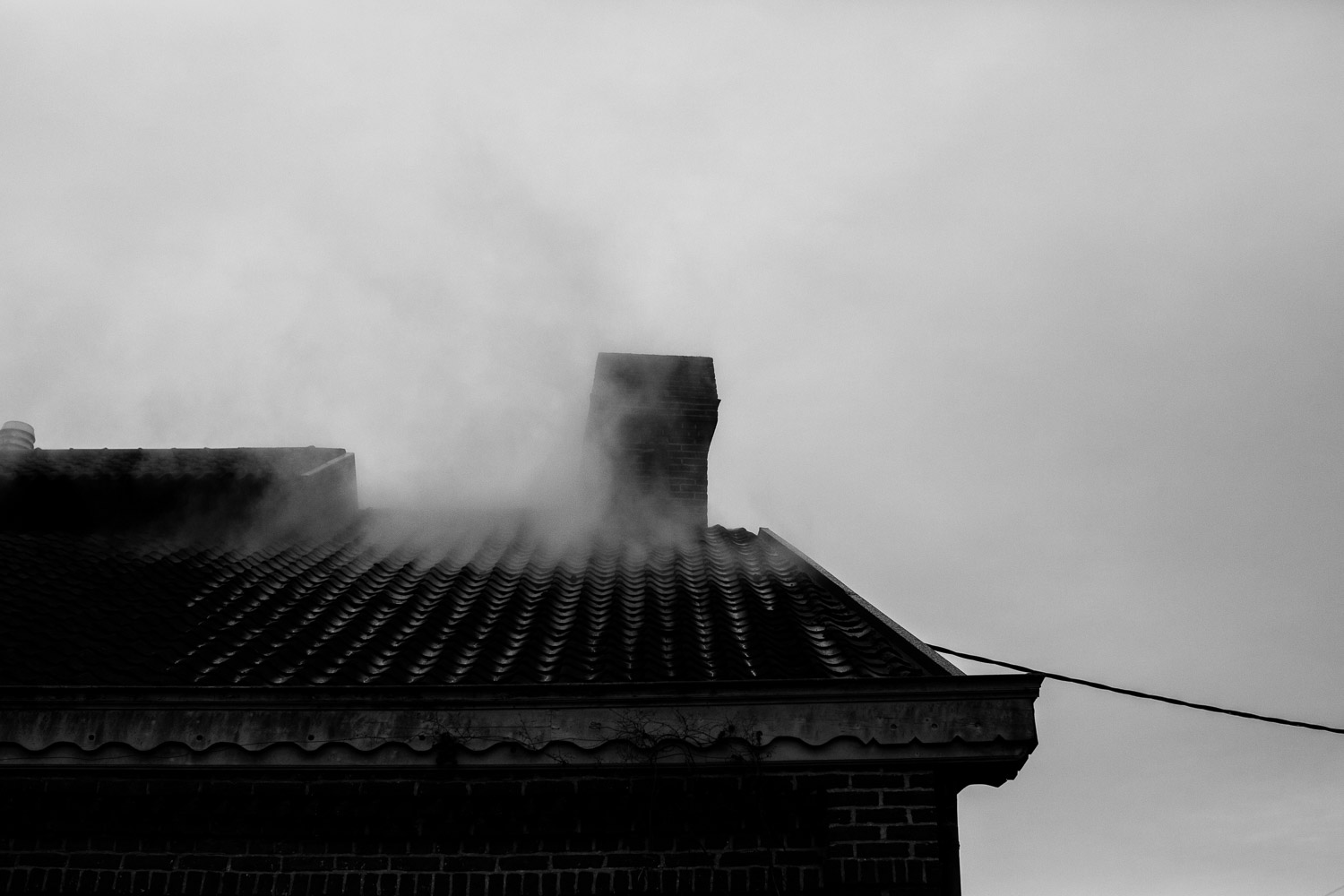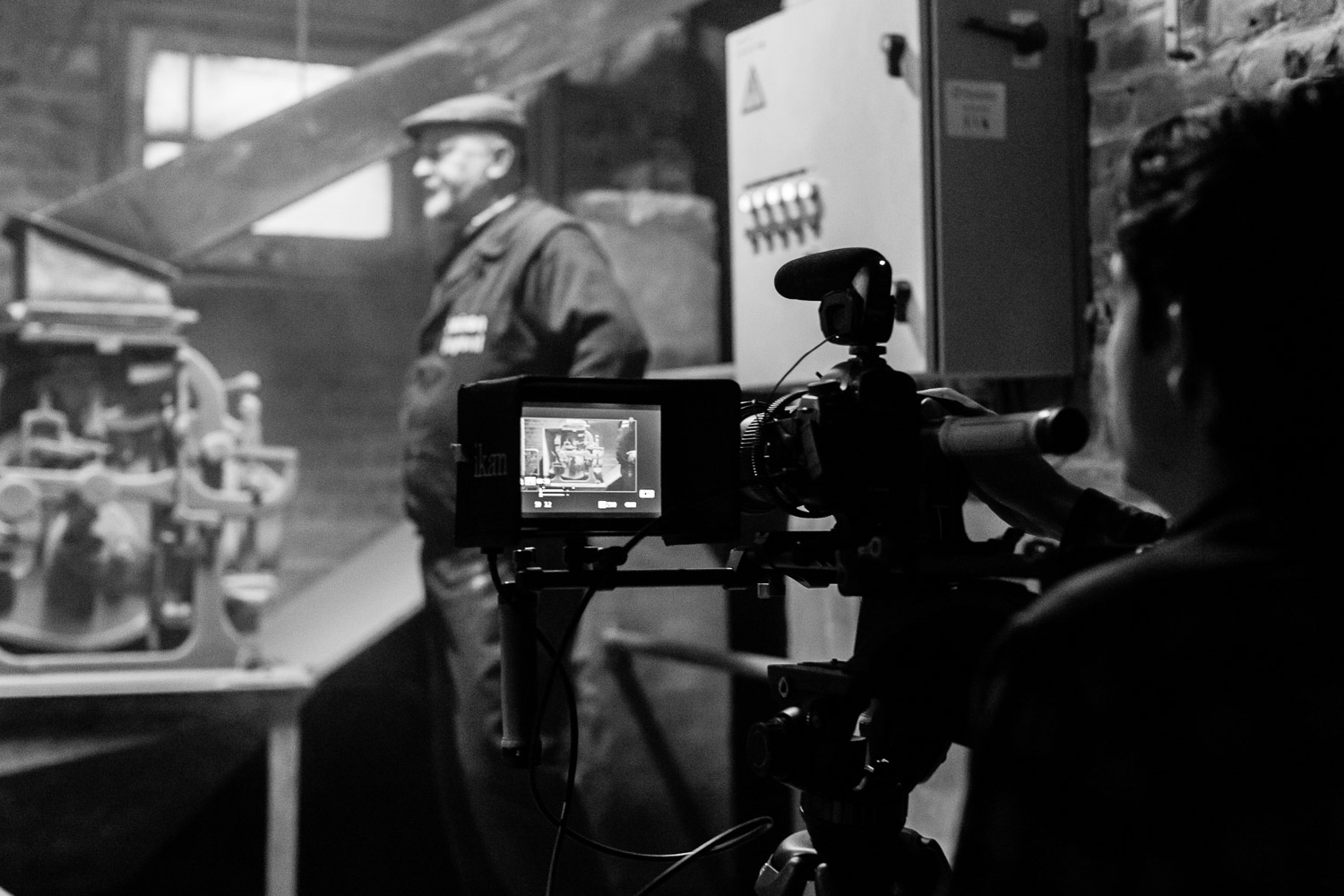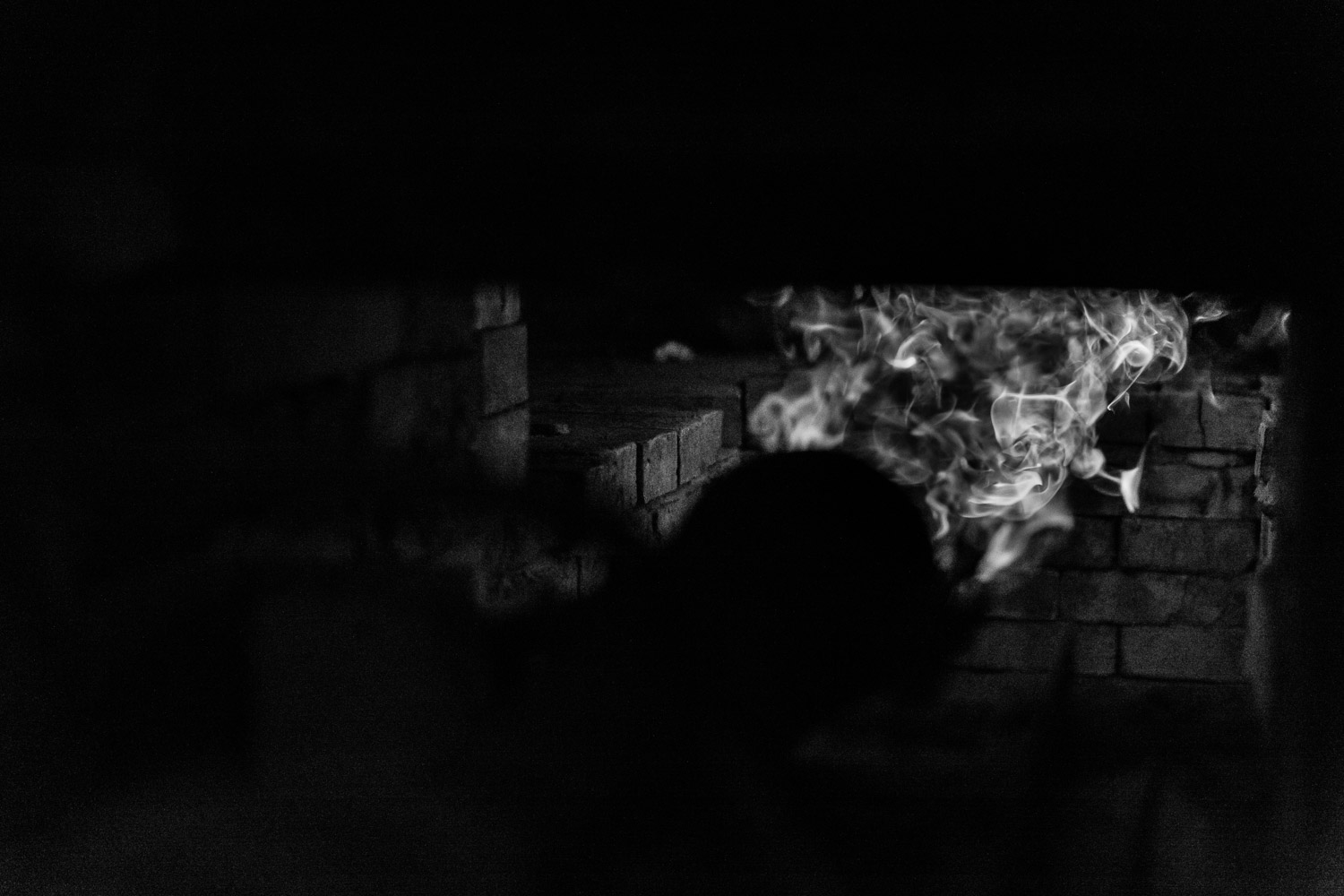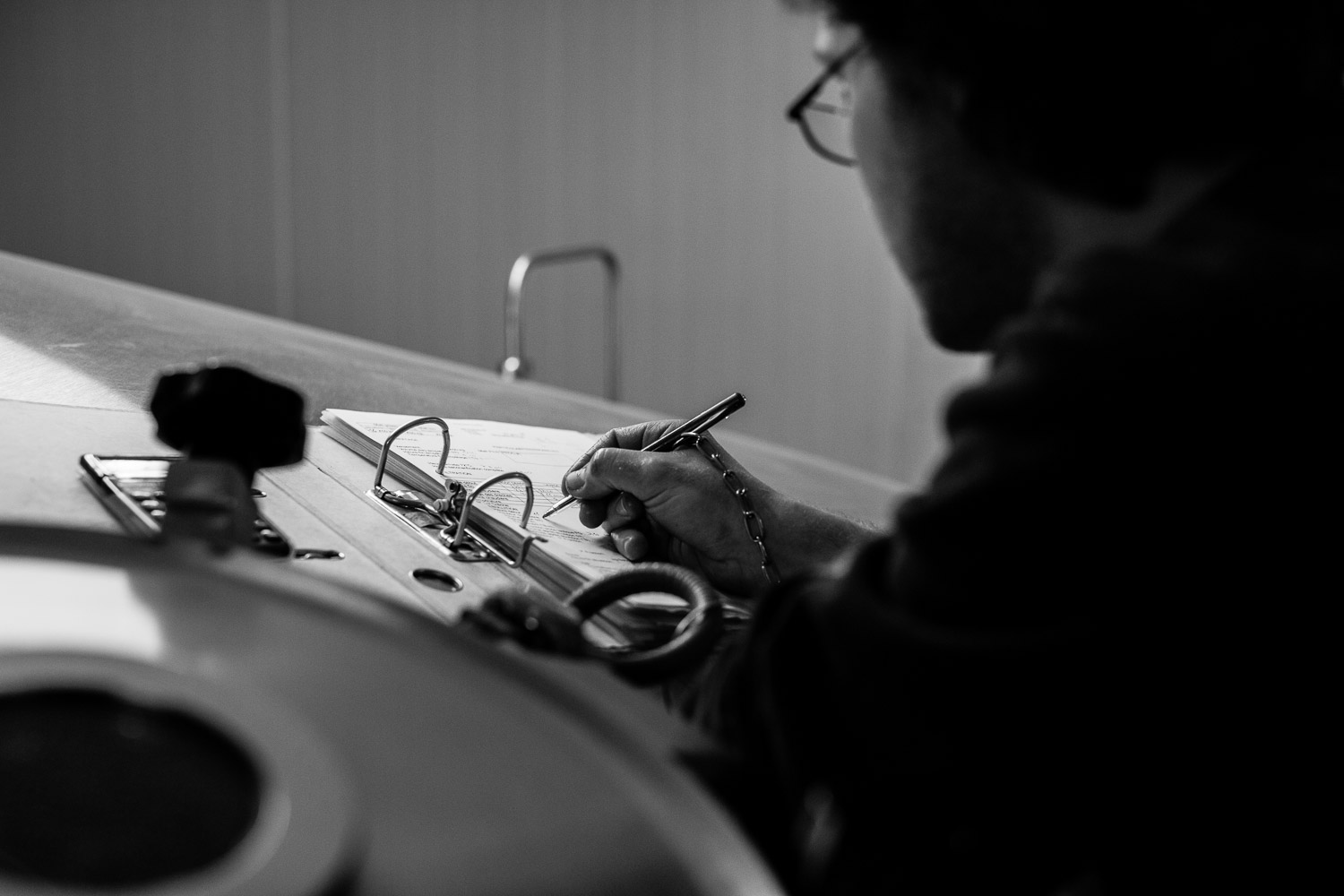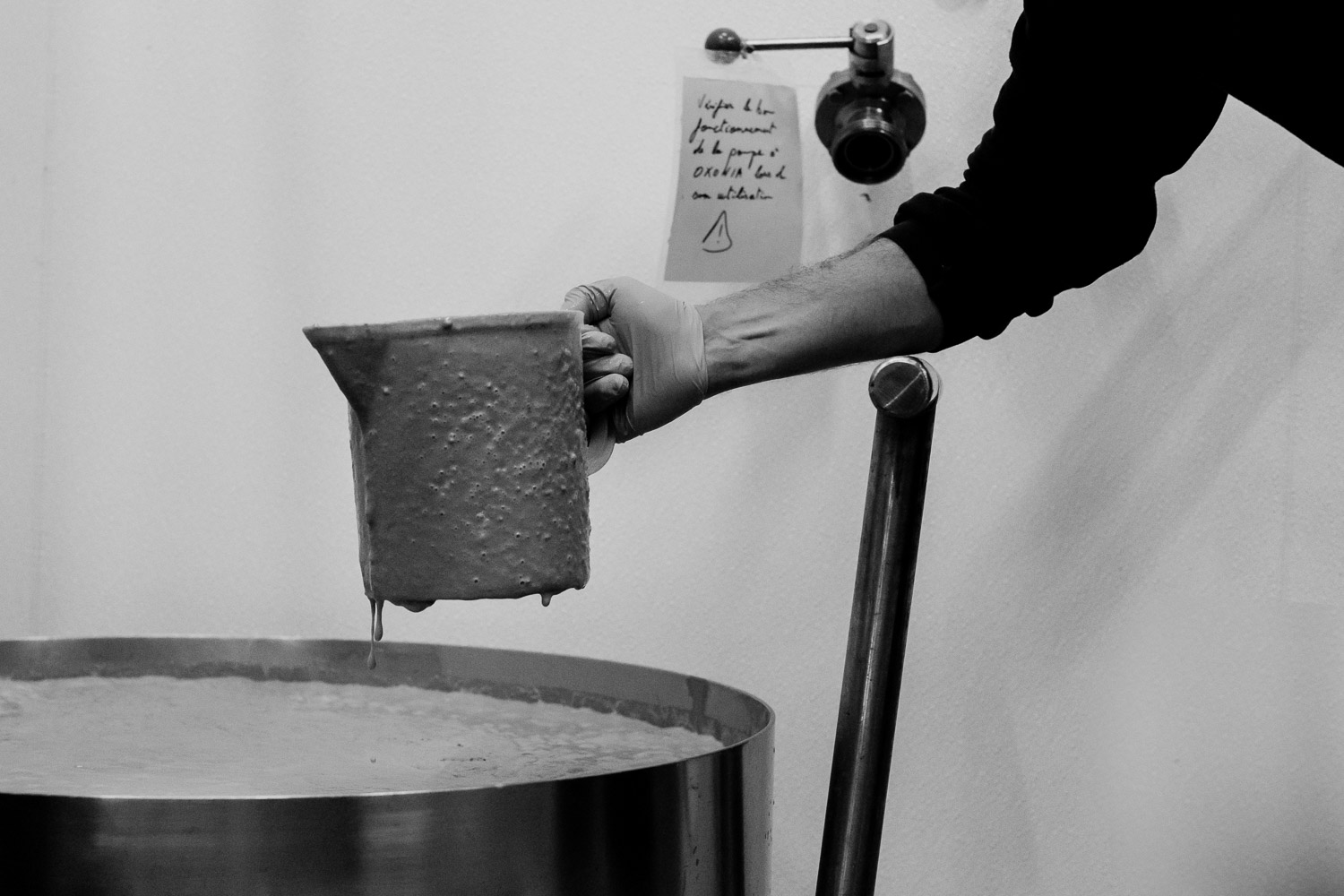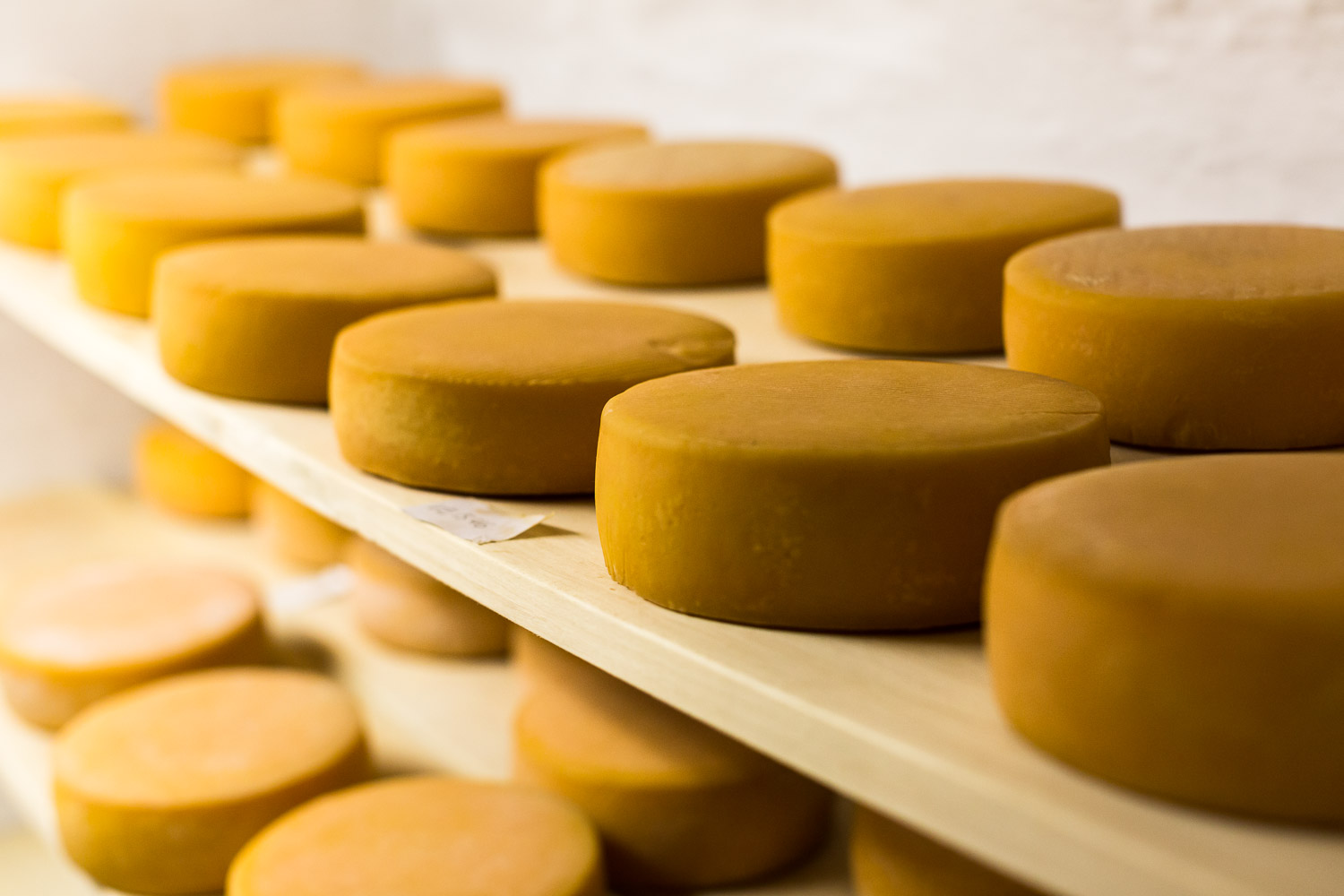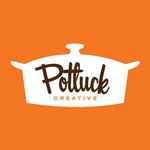I'm quite fond of telling interviewers that the beer that first woke me up and started me on the path of great beer was Saison Dupont. After having my first at The Map Room in Chicago, I bought the URL for Good Beer Hunting and started writing the very next day. I also started buying anything on the shelf with "Saison" on the label, which, a decade ago in Chicago, was slim pickings. But even today, after drinking my way through about 20 states, a few continents, and countless cities as our craft industry reinvents the beer experience in the U.S., I find myself returning to this first taste of Dupont as either my ultimate desire in beer drinking, or the rubric by which I judge—harshly, at times—all other Saisons both foreign and domestic. It's a bar so high that even Dupont works hard to clear it.
Ten years later, this virtuous circle would complete in a very satisfying way. An industry friend, who knew of my love for Dupont, had gone to work for their new U.S. importer, Total Beverage Solution. U.S. importers of breweries like Dupont tend to handle much more than distribution logistics, becoming the sales and marketing arms for these small and often family-owned breweries so far away from home. They collectively saw an opportunity to reinvigorate the Dupont name for younger craft audiences (a completely new generation of beer drinkers) who were increasingly confronted with domestically produced Saisons before they'd even tasted their first European origin Saison. Many young people I talk to, for example, think Saison is just another style name like Lager or IPA, which is completely devoid of its roots and intent.
So it was a no-brainer when I was asked if I would be interested in telling the definitive video history of the brewery and its iconic beer. I knew it'd be a once in a lifetime opportunity to elevate a brewery I loved, sure, but also to experience it first-hand in a way few others have. "Who else could we ask?" my friend said at the time. "You so clearly get what they're about." That's flattering, but really, there was so much more I wanted to understand.
We got up at 4am to leave Brussels and head to the Wallonia Valley, which runs along the southern border of Belgium. It was winter, and the cold was wet. A dense frost covered the fields as far as we could see. The earth crunched under our feet. This is where we got the sunrise over Wallonia.
Click to enlarge
The colors in the morning were orange and magenta like a sherbet. We took our time driving around the town and nearby fields looking for sightlines that would bring the region to life even in the midst of its seemingly lifeless state. But even in these early hours, the brewery has the presence of a waking animal. As the flame turns on under the kettle and the water begins to boil, the steam rises through the rafters and a ghostly cloud dances off the roof into the wind.
These were some of the hardest hours I've ever shot, in the dark as the sun rises in the dead of winter. But they're also some of the visuals I'm most thankful for in my career.
We came ready for an active brew day. The moments that make brewing at Dupont so unique are the stuff of legend—the direct fire kettle, the square fermenters, the yeast management, and finally the secondary fermentation in the bottles lying on their side. But because so few images of this process exist (like most Belgian brewers, secrecy is the main ingredient), we were coming in a bit blind. It was a constant process to nab the shot on the fly as they worked, and then review, set up, and try to nail it a second time.
But nothing prepared us for the visual beauty of the mill room, perhaps the oldest part of the operation. This old equipment pulls in one of two kinds of malt (pils malt, or the organic malts), and then weighs and grinds the grist in quick succession. The simple counter weight mechanism operates independently, piling the malt until it tips over and heads into the grinder. And for each, a simple hash-mark on the side of the grinder will suffice to keep track.
Click to enlarge
"No one has ever captured this," Olivier said as the direct-flame clicked a short sequence and then fired up. And then he said the same about a dozen other things we shot. In my mind, I compared the experience to Cantillon, which is a pseudo-museum in the city of Brussels, and operates as an exquisite tour center for the very concept of Lambic. But here in Tourpes, Dupont prefers the quiet, hidden work of operating like the farm brewery it once was. Very few visitors, closed to the industry, and otherwise disconnected in its humble tradition.
By the end of our second day of shooting, we already had more footage than we could ever hope to use. We'd become obsessed with the details by now. The patina and crookedness of it all. Olivier is an exceptionally reserved man. But by the afternoon, his comfort with my team lead to some subtle ribbing. "That's an artisanal bucket, yeah?" he said with a mocking smile.
In the bottling area, a wacky machine picked up the bottles and laid them side-long in crates for secondary fermentation. "It's the only machine like it," Olivier explained. Its spider-like arms bent inward in a surprising way, and with an unexpected quickness and gentleness, laid the bottles down in the crates for a rest.
After the shoot, we walked down the street to the only nearby restaurant, complete with a full tap system devoted to Dupont beers. The town ate here, and really no one else. Traditional dishes, meats, and sauces. We started here on day one, and watched as we slowly ate them out of one menu item after another throughout our residence.
This was the day of the Lost Abbey collaboration, and it was also the day we could capture any part of the process we'd missed. With all the footage we had, it was hard to believe we'd missed anything, but I know how much simultaneous action there is in a brewery. It takes time, like looking at a magic eye poster, for the exceptional details to come in to view. By day three, we were all over the yeast story.
Pascale Wauthoz, who is married to Olivier, manages their yeast in-house in a small lab. She also makes the Dupont cheese, which complements her lab work, only this takes place down in the caves, where she washes the rind with the beer. Tagging along with her showed us the balance between the old ways (sometimes seen as loose and accidental) and the modernity of it all. She still uses many of the old pieces of equipment of the original lab, regrowing the proprietary yeast strain cultivated for generations and propagating a new pitch a couple times a year as necessary. "We do not store it at the university," Olivier told us, perhaps once again speaking to the tightly controlled access of their most distinguishing ingredient.
Click to enlarge
And finally, I got my interview with Olivier. For nearly two hours, I got to ask anything I could think of about my favorite beer on the planet. Numerous times I forgot what question was next simply because I couldn't get over the fact that this moment was happening at all. I don't believe I left any stone unturned, but I also know that Olivier has his secrets. And it was an enjoyable chess match trying to find the perfect way to ask a question that would elicit an unexpected and too-revealing answer, if even for a moment.
While we packed up our gear for the long, sleepy drive back to Brussels, it began to rain. We sat around the long table inside the tasting room with Olivier and his production crew while the winter shower pelted the small parish-like windows, and poured our last Saisons together. There hadn't been much dialog between our teams over the course of three days—brewing and documentation kept us in close quarters, but also far apart in duties. But something had brought us together and made us feel like old friends, and I like to think it's because they knew that we could finally see the same Dupont that they see: something simple and true.
Team:
Jessie Haggerty of Total Beverage Solution, Producer
Michael Kiser, Good Beer Hunting, Creative Director, Writer, Photography
Sam Jorden and Mikey Litchfield, Potluck Creative, videography and editing
Andrew Thiboldeaux, Good Beer Hunting, musical score







